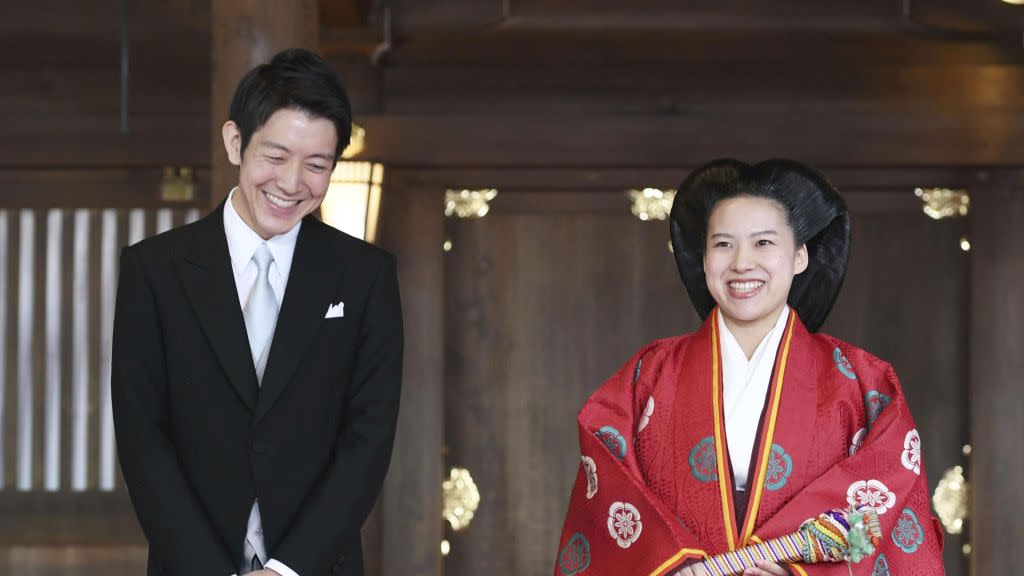Men and women are marrying later than ever, but the age gap just won’t go away

The share of married adults in the US is now at 50%, down from 72% in 1960. The main reason is that everyone’s waiting to get married. The median age to tie the knot last year was 27.4 for women and 29.5 for men. That’s up about one-third since 1960, a trend seen around the world.
Yet the trend reveals a remarkably consistent gap between the genders. Over the last century, the age gap between when men and women in the US first marry narrowed from about four years in 1890 to 2.5 years in the 1960s. It’s been hovering at around two years for three decades.

Why does the gap exist? In part, it’s economics. As countries grow richer, the difference in marrying age tends to narrow. In Egypt, with a $12,700 GDP per capita, for example, men marry five years later than women. In wealthier France ($43,800 GDP per capita), it’s only 1.6 years. In Japan, it’s 1.4 years (pdf). That’s a pattern seen around the world: Age gaps show up among heterosexual couples in every culture.
Some evolutionary explanations have been proposed (older men may have more resources, younger women may be more fertile), but none are easily testable. In fact, the number of women marrying younger men has taken off in the US in recent years. Although humans seem irresistibly drawn to potential mates a few years older or younger, it may be the idea more than the reality that attracts us.
Researchers at Endicott College analyzed ratings of 347 blind dates (pdf) published in the newspaper column “Dinner with Cupid.” Couples were treated to a free dinner in exchange for an account and ranking of their experience. True to form, men typically matched with slightly younger women, and women did the opposite. But when it came to rating their satisfaction with their dates, the age-gap showed no correlation with daters’ assessments. That might be due to their unawareness of the age difference, note the authors, or factors such as physical attractiveness and personality traits may be what really matter most.
Sign up for the Quartz Daily Brief, our free daily newsletter with the world’s most important and interesting news.


